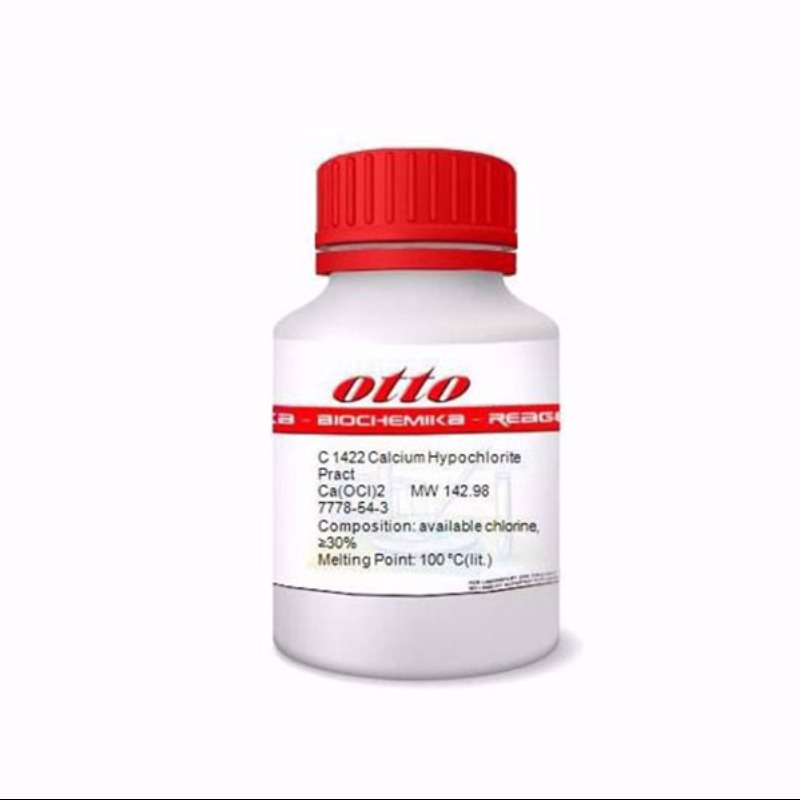
The corrosive nature of the hypochlorite moiety makes calcium hypochlorite a dangerous substance that must be stored carefully. It must be stored in a cold, dry environment and must not be exposed to any metals or acids. If any acid comes in contact with calcium hypochlorite, highly toxic fumes of chlorine gas can be produced.
Calcium hypochlorite is commonly known as bleaching powder. It is also known as calcium oxychloride, the chloride of lime, or the calcium salt of hypochlorous acid.
Yes, calcium hypochlorite is fairly soluble in water. Since it is an ionic compound, Ca(ClO)2 readily dissolves in water and dissociates into its constituent ions. At a temperature of 25oC, the solubility of this compound in water is roughly equal to 210 grams per litre. It is important to note that this compound is not soluble in alcohol since it participates in a chemical reaction with the solvent in such cases.
Calcium hypochlorite is known to be the active ingredient in many commercial bleaching agents such as bleaching powder, chlorinated lime, and chlorine powder. The most important application of calcium hypochlorite is in the sanitization of public swimming pools. It is also used to disinfect drinking water. As an oxidizing agent, calcium hypochlorite is also used in several organic reactions.
On an industrial scale, calcium hypochlorite is usually produced from the chemical reaction between gaseous chlorine and calcium hydroxide (usually used in the form of the mineral lime). The chemical reaction between calcium hydroxide and chlorine gas yields calcium hypochlorite, calcium chloride, and water as the products.
report regarding this chemical then contact us support@echem.com.bd.
Calcium chloride hypochlorite, commonly used in laboratories, exhibits several key features:
No Review Found.
echem
483
Total Item
Login To Comment